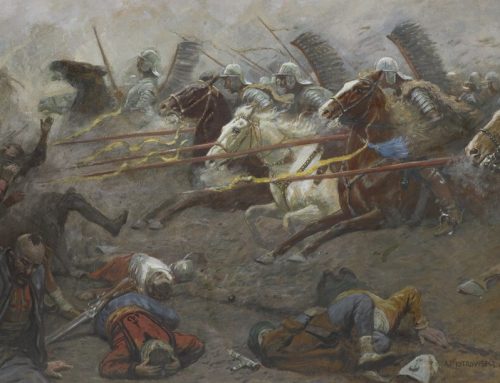Two years ago, I wrote about time my husband and I spent on St. John in the U.S. Virgin Islands, where we explored the island’s fascinating and heartbreaking past through the ruins of its sugar plantations. At that time, I hoped to get back and learn more. Well, I did! In fact, we’re still here for one more week.
We’ve been fitting in more hikes, and this time, we made a one-mile trek from a wonderful snorkeling beach called Salt Pond up to Ram’s Head, which was the final stand for plantation slaves in 1734. Being up there, imagining the ordeal those people must have endured, made me dig a little deeper into the history of Ram’s Head that I’d like to share.
But first, some background:
The Danish West India Company controlled St. John (originally called Sankt Jan), using enslaved Africans to work on sugar and cotton plantations under brutal conditions. The oppressive Danish slave codes, combined with harsh punishments and insufficient food rations, created deep resentment among the enslaved population.
It was here in St. John and under these conditions that one of the earliest and most significant slave revolts in the Caribbean erupted. The uprising, led primarily by enslaved Africans from the Akwamu ethnic group, lasted for nearly six months, making it one of the longest and most organized slave rebellions of its time. The Akwamu, from present-day Ghana, came from powerful warrior cultures and had experience in military strategy and governance. In fact, some among their population were from royal families.
On November 23, 1733, the revolt was set in motion when a group of Akwamu warriors infiltrated Fort Frederiksvaern at Coral Bay (the fortification of Fortsberg replaced it in 1760, and we drove to its hilltop location to have a look but discovered it’s on a private land and we needed a permit to be there). Disguised as plantation workers delivering firewood, the enslaved warriors surprised and killed the Danish soldiers, quickly taking control of the fort. With access to the fort’s weapons and ammunition, the rebels launched a coordinated attack on plantations across the island, killing many European planters and enslavers while sparing some enslaved individuals from other African groups.
For several months, the rebels maintained control over much of St. John, forming a rudimentary government and reinforcing their positions. Their knowledge of the terrain allowed them to resist Danish attempts to reclaim the island. Planters who survived the initial attack fled to nearby St. Thomas, where they requested military assistance.
The Danish colonial authorities struggled to regain control, finally realizing they could not suppress the rebellion on their own. In April 1734, they enlisted the aid of French marines from Martinique. A well-armed contingent of French and Danish troops arrived on St. John, systematically hunting down the remaining rebels.
Many of the remaining rebels retreated to Ram’s Head, a steep and rocky promontory on the southern tip of the island. Facing certain defeat and unwilling to return to enslavement, a large number of rebels made the harrowing decision to leap to their deaths into the sea rather than surrender.
Standing atop that rocky knob affords a breathtaking view today, but it must have looked vastly different to those who chose to perish there in April 1734. It’s hard to fathom a life so cruel that the better fate was to hurl oneself from two hundred feet high to the jagged rocks and boiling sea below.
Ram’s Head remains a historical site, where visitors like my husband and I can reflect on the bravery and sacrifices of those who fought for their freedom.
Above is a picture I took of the commemorative plaque, as well as a view toward the west. These and the other images I captured don’t reflect the sheer drop from Ram’s Head, and frankly, I didn’t want to get that close to the edge!






Leave A Comment